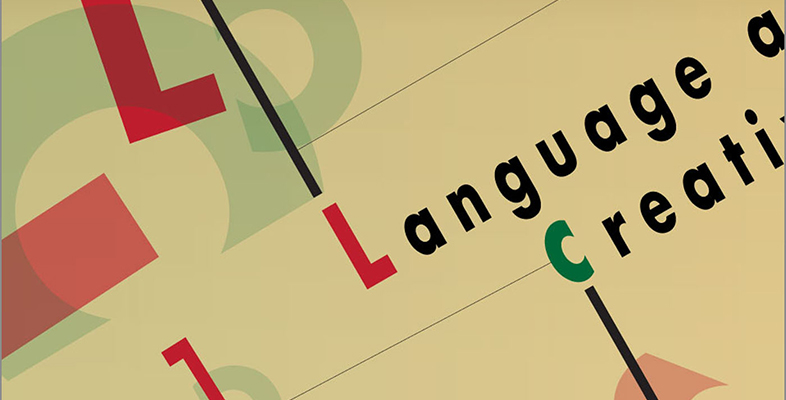2.2 Creativity in everyday language
In this section you will listen to an interview with Professor Ronald Carter, in which he discusses creativity in everyday language use.
Activity 3
As you listen to the interview with Professor Ronald Carter, consider the following questions:
- What different types of linguistic creativity does Carter identify?
- How does Carter’s notion of linguistic creativity fit with Kaufmann and Sternberg’s definition?
- Why does Carter think it is important to study linguistic creativity?
- What does he suggest are the differences between everyday creativity and creativity in literature?
Transcript: Professor Ronald Carter on creativity in everyday language
Discussion
Carter highlights two main types of linguistic creativity, both related to patterning: repitition and breaks with pattern. He suggests that repetition can be found, for example, in the type of rhetorical communication used by politicians, but it can also be a way to build a relationship or show interest in what someone is saying.
As we have seen, Kaufmann and Sternberg (2010) suggest that something is creative if it is novel, of high quality and appropriate to the task in hand. Carter found examples of people being creative in everyday language to entertain, be playful, criticise, or make a point more forceful. His examples illustrate language use that is appropriate to the task and novel in the sense that the speaker has adapted the language for a particular purpose and context. However, it is debatable whether he would agree that all the examples of creativity in everyday language he has found would be considered of ‘high quality’.
Carter suggests that it is important to study creativity because it tells us something about how and why we communicate, showing that communication is more than just conveying information – it is also interactional and interpersonal, helping to build relationships. By studying language creativity we begin to understand the contexts where it is used. In this way we come to understand more about the relationship between playful language, context and people.
Carter seems to suggest that creativity in everyday language is brief and ‘spur of the moment’, whereas literary creativity grows ‘organically’ through a text, perhaps over several pages or chapters in a novel or in different stanzas of a poem. He does, however, warn that ‘literature’ means different things to different people and so there are different understandings of what counts as ‘literary creativity’.
